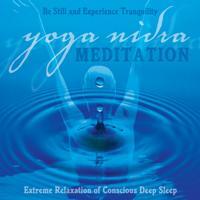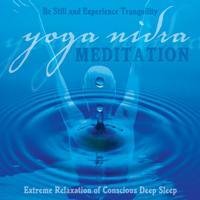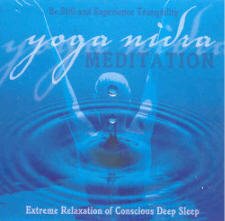From:
Chicago Tribune article
March 7, 2007
How to Survive Insomnia
Julie Deardorff
Working mothers trying to "do it all" have the most serious episodes of insomnia, while stay-at-home moms are most likely to sleep poorly, according to the National Sleep Foundation's 2007 Sleep in America Poll.
The main culprits are young children, biological changes like pregnancy and menopause, stress and pets.
I had my first extended bout with insomnia during what should have been a triumphant period of motherhood: right when my oldest child started sleeping through the night. Now, with a 3-month old and a toddler, I don’t even try to get sleep. And I don’t worry when I still haven't fallen asleep by 2 a.m. and I've just calculated that the most sleep I can get is four hours.
Instead, I do damage control the following day.
Here’s how.
1. Exercise.
Exercise is one of the first things to go when women have too much in their day, the study showed, but I use it for a short-term jolt, like caffeine.
Normally, I get on the treadmill, do a slow, warm-up mile and then punish myself for about 15 minutes with either speed or hills. The only requirement is that I break a sweat. Then I run easy for a cool-down mile.
Unfortunately, you’ll have to try this at your own risk. When I began looking at research on this, it showed that exercise can actually make you feel worse when you’re sleep deprived and can be dangerous. Your coordination goes when you’re tired and you actually fall off of the treadmill. Also, if your body doesn’t have time to repair during sleep, you’re more likely to get injured.
Still, it’s how I’ve been able to work full time despite getting up at least two times a night to nurse. After an intense workout, my head clears and I can focus and get through the day.
2. Yoga Nidra
Yoga Nidra means "Yogic Sleep" and it’s considered a state of conscious deep sleep. But it’s not meditation, which leaves you in the waking state of consciousness, says Swami Jnaneshvara Bharati, who produced the audio CD "Yoga Nidra Meditation CD: Extreme Relaxation of Conscious Deep Sleep."
Instead, during Yoga Nidra, you "leave the waking state, go past the dreaming state and enter into deep sleep, all while remaining fully alert and awake," Bharti says. Reaching this state of awareness is easier said than done, of course. To this day, I haven’t been able to stay awake through an entire Yoga Nidra CD, which can last between 20 and 60 minutes.
To do it, lie on your back as if in shavasana or corpse pose, with your eyes closed and your palms facing up. If you’ve got Bhrarti’s verbal CD--there’s no music--he’ll tell you to focus your awareness on 61 points within the body. For example, he’ll tell you to bring your attention to your left hand, your pinky finger, your ring finger, your middle finger, your index finger and your thumb. The entire body is scanned in this way until the heart center is reached.
Some swear the process can replace sleep. Others with insomnia use it to help them relax so they can go to sleep.
3. Caffeine
The old standby works because it blocks a certain receptor in the brain that releases a neurotransmitter called adenosine. Adenosine makes us sleepy and if the release of it is prevented, you won’t feel quite as tired.
The trick is to avoid using caffeine every day. Only people who avoid it for a while feel a buzz , according to a University of Bristol study presented to the British Nutrition Foundation Conference.
"We do feel a boost from caffeine in the morning, but that’s probably due to a reversal of the withdrawal symptoms," researcher Peter Rogers, a biological psychologist told the BBC. "That alertness you feel is you getting back to normal, rather than to an above normal level."
-------
Yoga Nidra Meditation CD: Extreme Relaxation of Conscious Deep Sleep
Swami Jnaneshvara Bharati
ISBN 0972471901
Yoga Nidra CD on Amazon.com
Yoga Nidra Article on SwamiJ.com
SwamiJ.com Homepage
Wednesday, March 7, 2007
Subscribe to:
Post Comments (Atom)




No comments:
Post a Comment